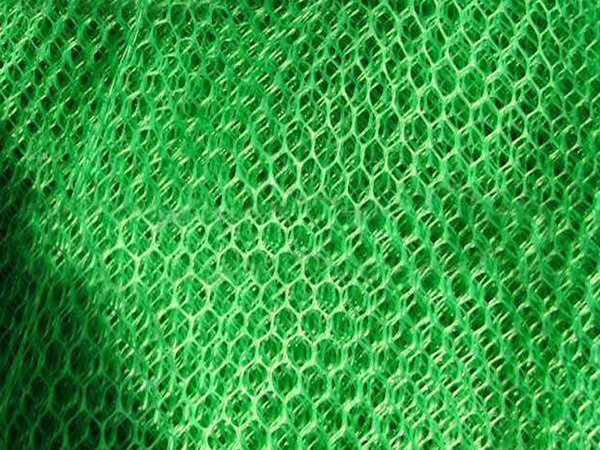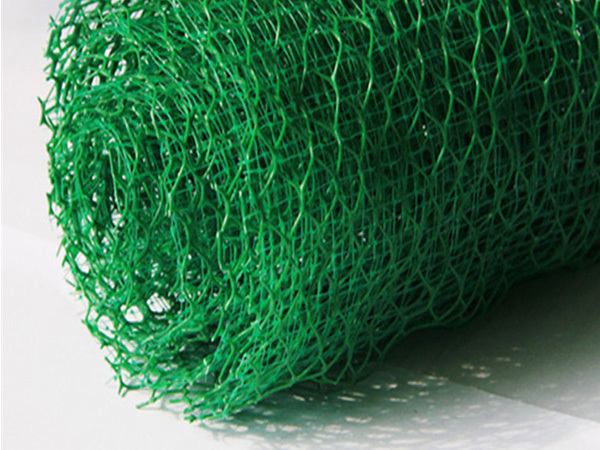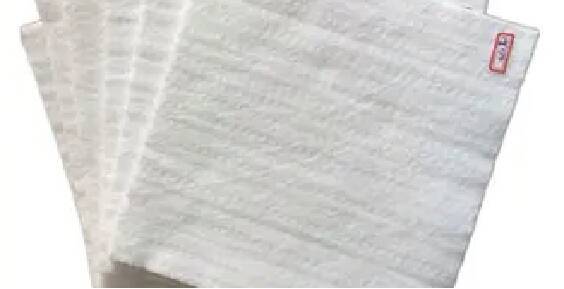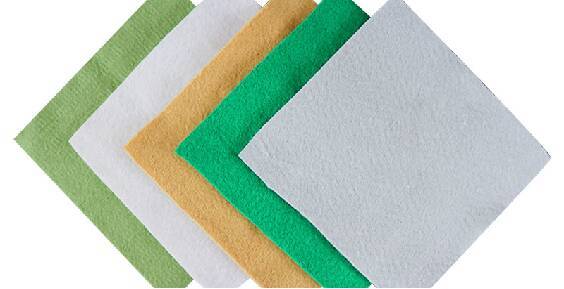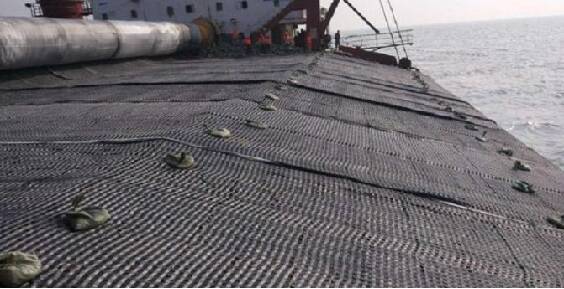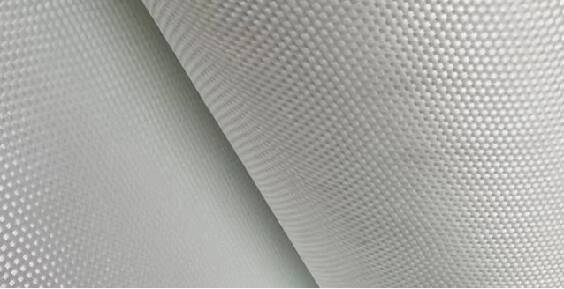Three-Dimensional Vegetation Mat
Vegetative slope protection refers to a cutting-edge technique that leverages living plants combined with geosynthetic materials and other engineering components to create an active, self-sustaining protective system on slopes. By promoting plant growth, this method strengthens the slope over time. Depending on the slope’s topography, soil characteristics, and local climate conditions, a layer of geosynthetic material is first applied to the slope surface, followed by planting a diverse range of vegetation at specific combinations and spacing intervals. As these plants mature, their root systems interlock and reinforce the soil, while their stems and leaves help prevent erosion. Through this ecological slope stabilization approach, a dense vegetative cover gradually develops across the slope, forming an intricate network of intertwined roots within the topsoil. This not only effectively mitigates the erosive impact of heavy rainfall runoff but also significantly enhances the soil’s shear strength. Additionally, the technique reduces pore water pressure and minimizes the weight of the soil itself, thereby dramatically improving the slope’s overall stability and resistance to scouring and erosion.
Keywords:
Detailed description
Product Introduction:
Vegetative slope protection refers to a cutting-edge technique that leverages living plants, combined with geosynthetic materials and other engineering components, to create an active, self-sustaining protective system on slopes. This method strengthens the slope through the natural growth of vegetation. Depending on the slope’s topography, soil characteristics, and local climate conditions, a layer of geosynthetic material is first applied to the slope surface, followed by the strategic planting of multiple plant species at specific combinations and spacing intervals. As these plants grow, their root systems reinforce the soil, while their stems and foliage help prevent erosion. Through this ecological slope stabilization approach, a dense vegetative cover gradually develops across the slope, forming an intricate network of intertwined roots within the topsoil. This robust root structure effectively resists erosion caused by heavy rainfall runoff, significantly enhancing the soil’s shear strength. Additionally, it reduces pore water pressure and minimizes the weight of the soil itself—further boosting the slope’s overall stability and its resistance to scouring and erosion.
The 3D vegetation mat slope protection technology combines the advantages of geotextiles and vegetative slope stabilization, creating a synergistic protective effect. When the vegetation coverage on the slope reaches over 30%, it can effectively withstand erosion from light rainfall; and with coverage exceeding 80%, it becomes resilient enough to resist even heavy downpours. Once the vegetation fully matures, the system can endure runoff velocities of up to 6 m/s—more than twice that of conventional turfgrass alone. Additionally, the presence of the geotextile significantly reduces soil moisture evaporation while enhancing water infiltration into the ground. Moreover, since the geotextile material is made of black polyethylene, it absorbs heat and retains warmth, which not only accelerates seed germination but also fosters robust plant growth.
Product features:
It can protect the embankment from wind and rain erosion until the grass has grown.
It can ensure that grass seeds are evenly distributed across the slope, protecting them from being washed away by wind and rain.
Mesh mats can absorb large amounts of thermal energy, boost soil temperature, accelerate grass seed germination, and extend the growing season for plants.
The complex protective layer formed by growing plants can withstand erosion from high water levels and fast-flowing currents.
It can replace slope materials such as concrete, asphalt, and riprap, and is primarily used for slope protection in applications like highways, railways, river channels, and embankments.
Product applications:
The 3D vegetation mat slope protection technology combines the advantages of geotextile mats and vegetative slope stabilization, effectively addressing the challenges of protecting rocky and steep slopes. The 3D vegetation mat slope protection technology integrates the benefits of both geotextile mats and vegetative slope systems, providing a robust solution for safeguarding rock and high, steep slopes.
Application examples demonstrate that three-dimensional vegetation mats are more effective in stabilizing slopes and provide excellent protection.
In recent years, the emerging 3D vegetation matting technology for slope protection has not only significantly enhanced both the overall and local stability of slopes but also promotes the growth of vegetation on slopes—while keeping construction costs relatively low. This approach aligns perfectly with the evolving trends in slope engineering and holds substantial application value for soil and water conservation efforts across China.
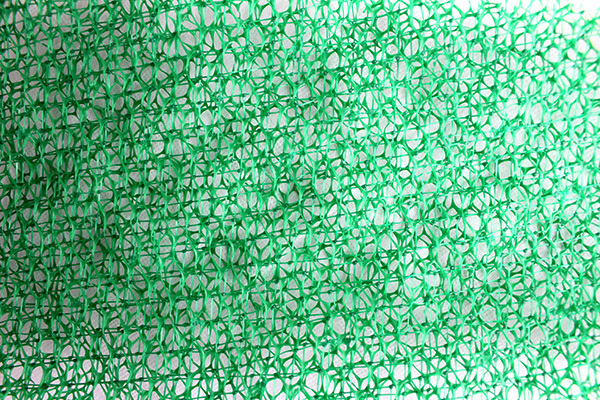

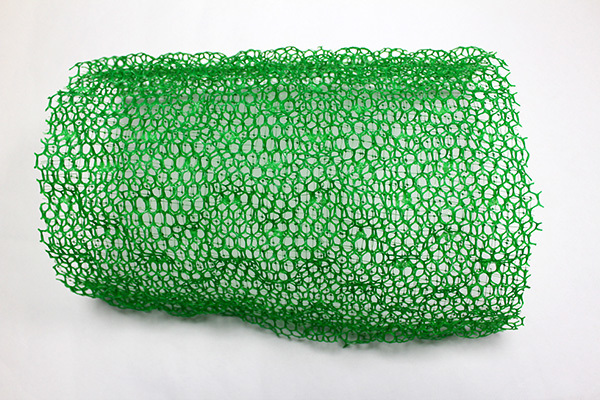

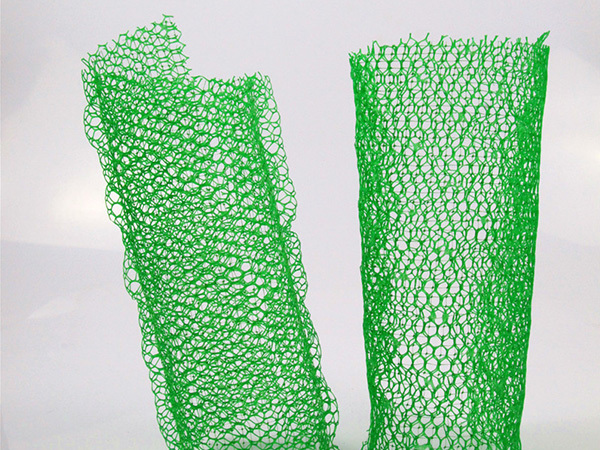

Get a product quote
We’re here to help you every step of the way! Please fill out our inquiry form, and our team will respond promptly.
Recommended Products
Strong technological capabilities and robust R&D expertise
Laminate Film Machine-Woven Fabric



